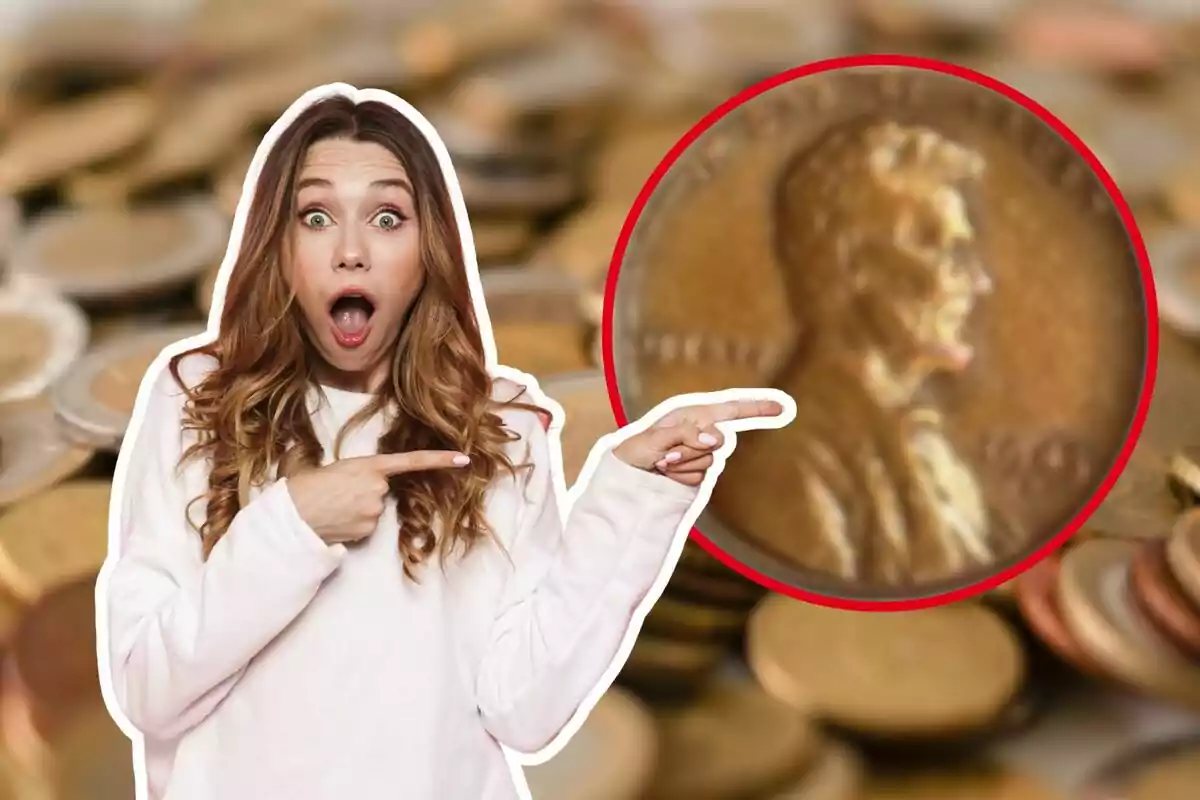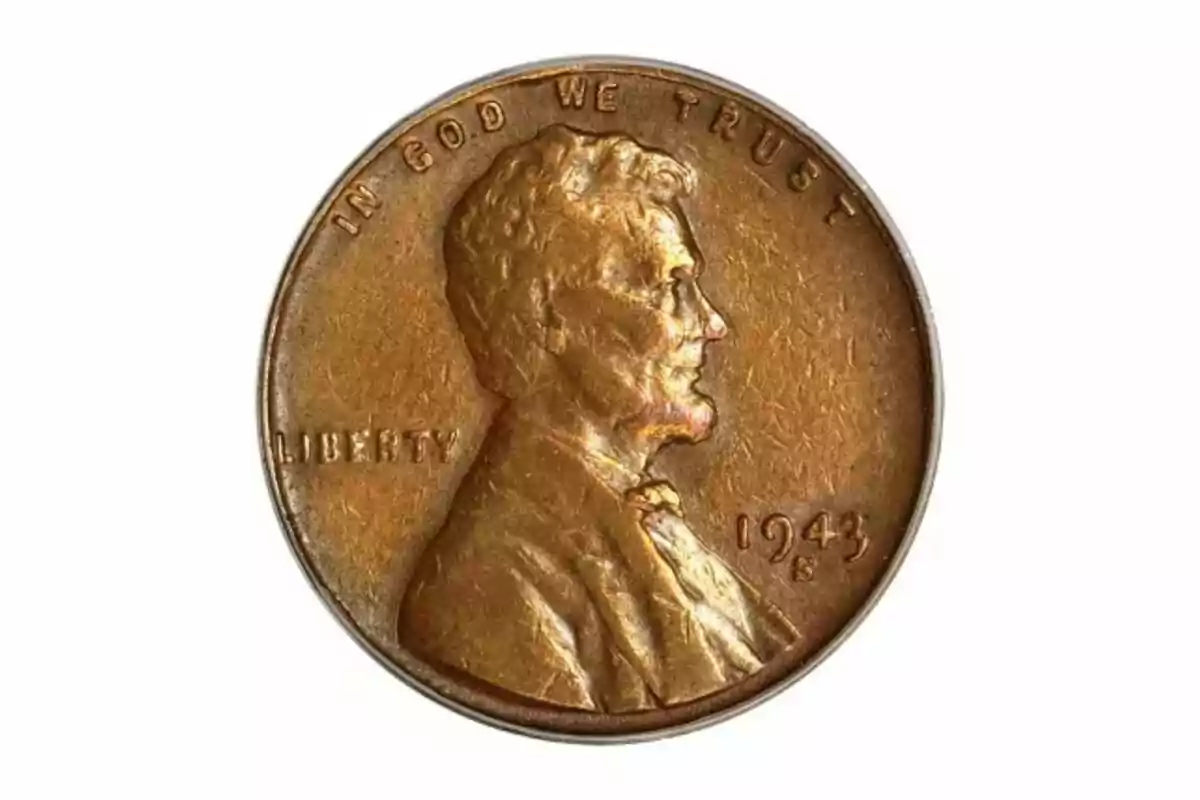
Still in Circulation: The Lincoln Penny Valued at $250,000 You Could Have
A manufacturing process error turned a common coin into a treasure for numismatics enthusiasts
A small error in the history of money has turned a simple piece into a true treasure for collectors. Although at first glance it looks like just another coin, it hides a value that goes far beyond its appearance. Its particular history and scarcity have made it one of the most desired in the numismatic world.
The coin in question is the 1943-S wheat copper cent from the United States, accidentally made in copper. Its existence is not only uncommon but also fascinating for those who understand the historical context of its origin. This peculiar penny, which should not have been produced in that material, has captured the attention of experts and enthusiasts alike.

An Error That Made the Difference
During World War II, copper was a strategic resource reserved primarily for military purposes. For this reason, in 1943 it was ordered that pennies be minted in zinc-coated steel, officially leaving copper aside. However, some copper blanks from previous years were forgotten in the machines, giving rise to a limited series of coins known as the 1943-S wheat copper cent.
This production error not only makes the coin rare but also extremely valuable. The "S" version, minted at the San Francisco Mint, is especially desired for its low mintage. It is estimated that very few specimens exist, which raises its price in the market and fuels the desire of collectors worldwide.

In average conditions, a penny of this type can be worth $60,000, and if found in pristine condition, the value can skyrocket to $250,000. This fact has led many experts to thoroughly study each piece that appears. The most prestigious auctions have sold specimens for figures exceeding $200,000.
Authenticity and Numismatic Fascination
Due to its rarity, the 1943-S wheat copper cent has been the subject of numerous counterfeits. One of the most common tests to verify its authenticity is the use of a magnet: copper is not magnetic, unlike steel. Additionally, experts examine the details with magnifying glasses and compare each coin with other legitimate ones from the era.

The market for these pieces has grown significantly over time, and their value continues to increase. In 2018, one of these pennies reached $228,000 at an auction, solidifying its place as a gem of numismatics. Each specimen represents a story, an error turned into a legacy, and a symbol of the extraordinary in the seemingly ordinary.
Today, the 1943-S wheat copper cent continues to be an attractive mystery for collectors and the curious. Its combination of history, rarity, and beauty makes it an almost legendary piece. For many, finding one of these pennies is like discovering a small piece of the past hidden in a coin.
More posts: